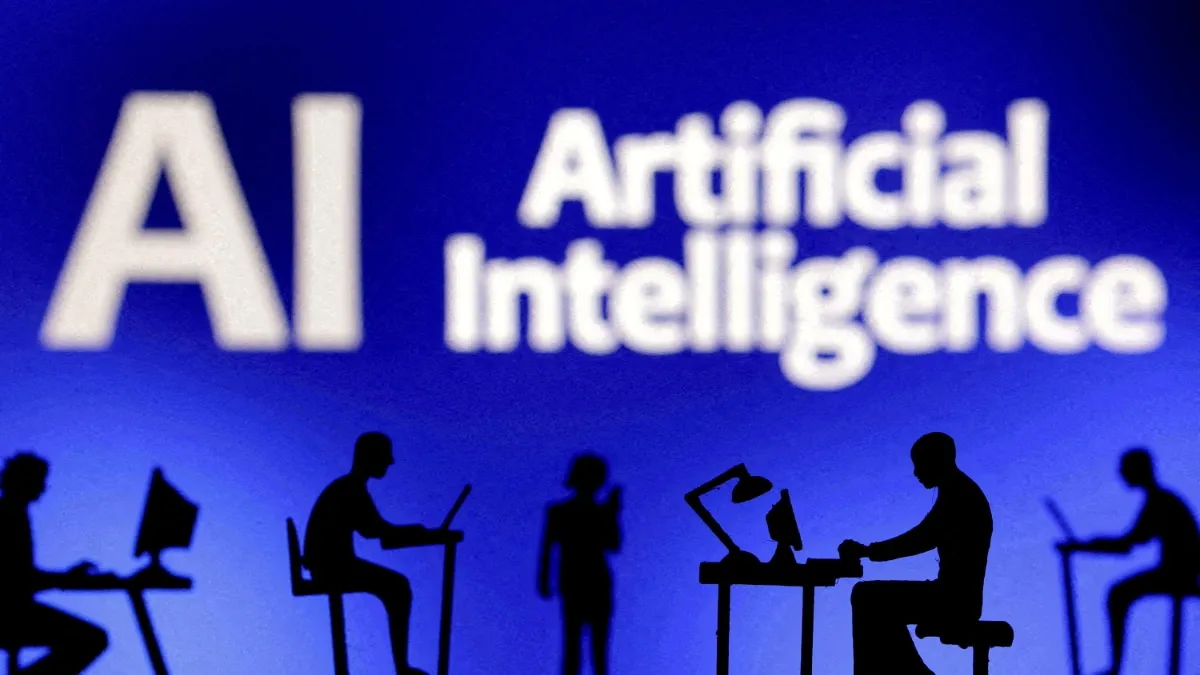US, Britain, and EU Sign Landmark International AI Treaty

Landmark Agreement on Artificial Intelligence
The first legally binding international AI treaty will officially open for signing on Thursday, involving key players such as the United States, Britain, and European Union members. This treaty, known as the AI Convention, has been several years in the making, aiming to address the risks posed by AI technologies while promoting responsible innovation.
Key Objectives of the AI Treaty
- Human Rights Protection: The treaty primarily focuses on safeguarding the human rights of individuals impacted by AI systems.
- Distinct from EU Regulations: Unlike the newly effective EU AI Act, which lays out comprehensive regulations for AI within the internal market, this treaty offers broader principles.
- Collaborative Effort: The Council of Europe, founded in 1949, has driven this initiative in collaboration with 57 countries.
Britain's justice minister, Shabana Mahmood, noted that this treaty marks a significant step in ensuring that emerging technologies do not compromise core values such as human rights and the rule of law.
Challenges and Considerations
Despite the treaty's inception, experts like Francesca Fanucci caution about its broad nature and the legal enforceability of its principles. Notably, exemptions for national security applications raise concerns, highlighting the necessity for clear regulations to avoid discrepancies between public and private sector scrutiny.
This article was prepared using information from open sources in accordance with the principles of Ethical Policy. The editorial team is not responsible for absolute accuracy, as it relies on data from the sources referenced.